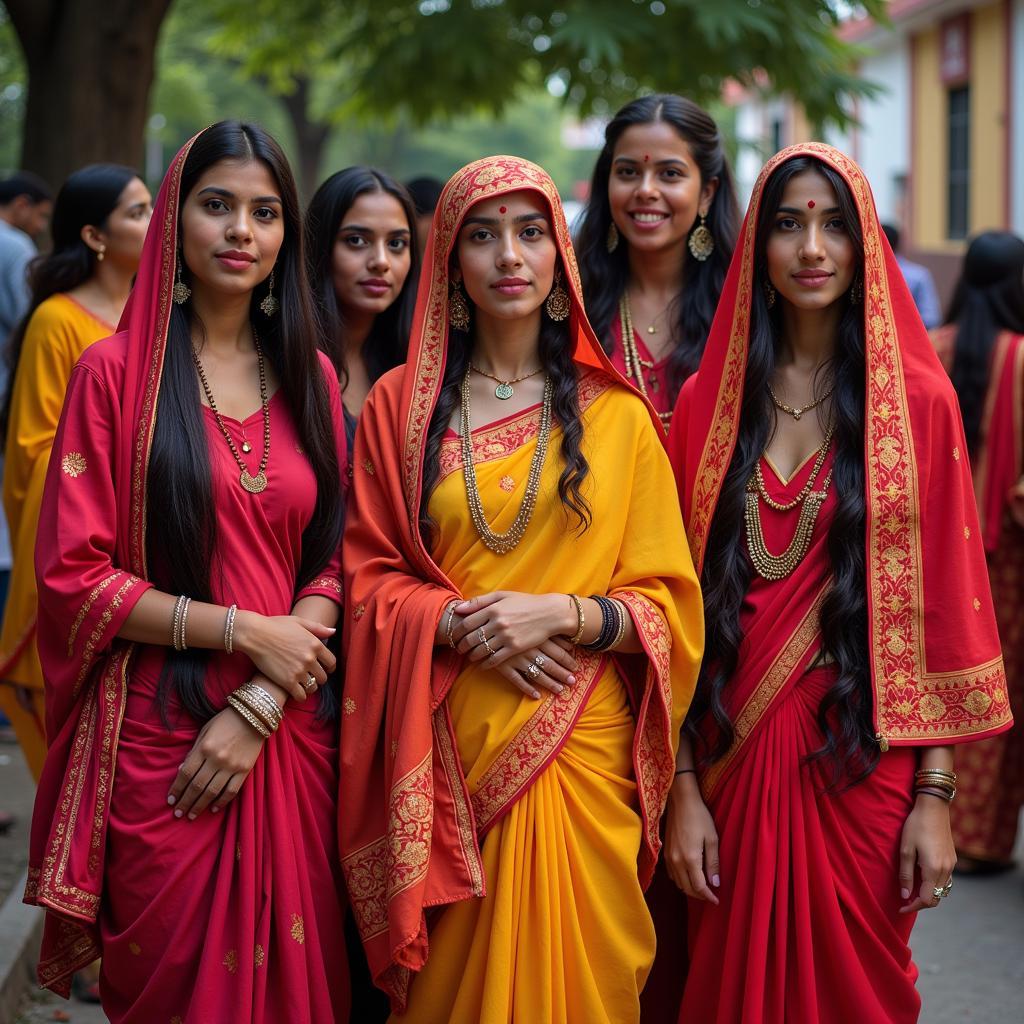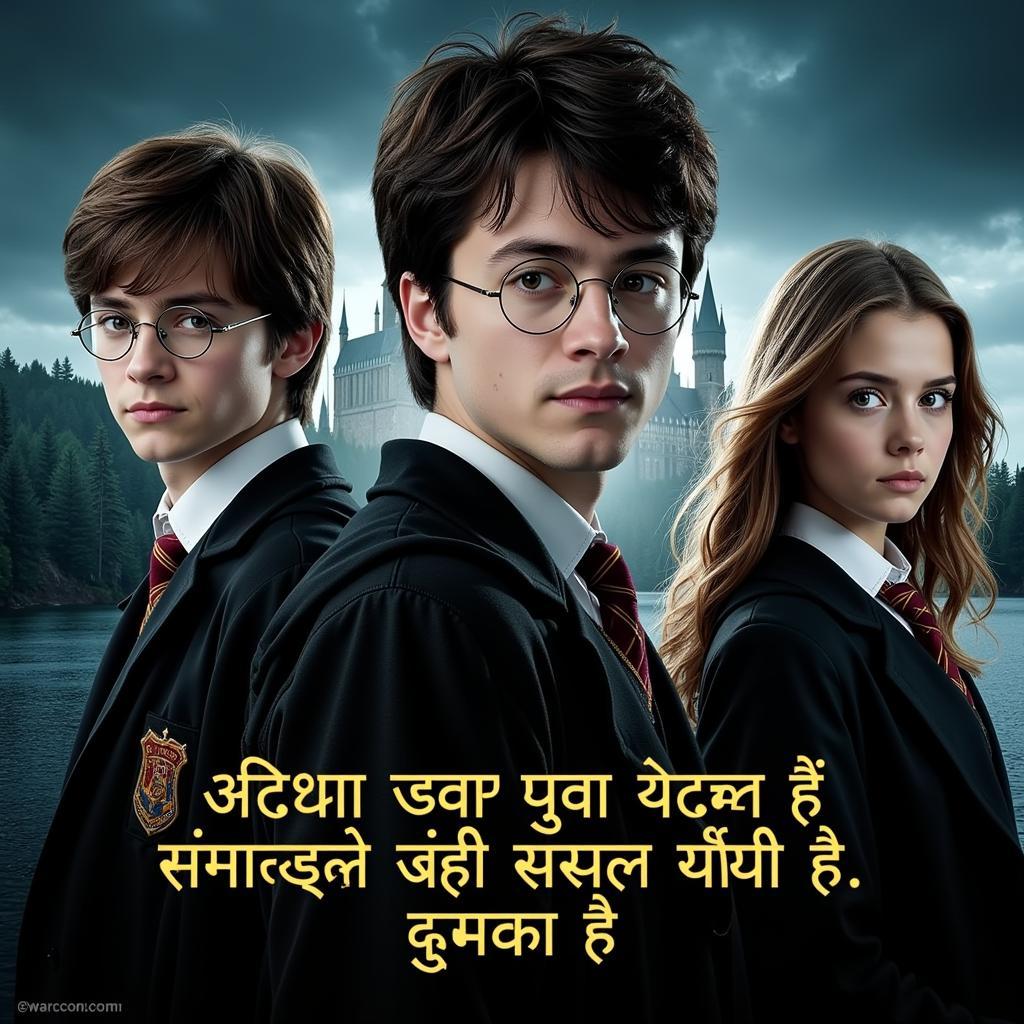Vintage Softcore Movies occupy a unique space in cinematic history. Often referred to as “sexploitation” films, they emerged in the 1960s and 70s as a response to loosening societal norms and a growing fascination with sexuality on screen. While these movies often pushed the boundaries of what was considered acceptable, they did so with a playful, suggestive tone that was a far cry from the explicitness of hardcore pornography. This era gave rise to a distinct aesthetic and narrative style that continues to intrigue and fascinate audiences today.
What Defines Vintage Softcore Cinema?
Unlike their hardcore counterparts, vintage softcore movies relied heavily on suggestion and innuendo. Nudity, while present, was often implied or strategically framed, leaving much to the imagination. The focus was on creating an atmosphere of eroticism through suggestive dialogue, lingering glances, and sensual camerawork.
These films often blended genres, incorporating elements of comedy, romance, and even horror. This created a unique viewing experience that was both titillating and entertaining. Common themes explored in vintage softcore cinema included sexual liberation, infidelity, and the complexities of relationships.
The Appeal of Vintage Softcore
Why do these films continue to captivate audiences today?
- Nostalgia: For some, watching vintage softcore movies is a nostalgic journey back to a time when social mores were different, and cinema reflected those changing attitudes.
- Aesthetic Charm: The cinematography, costumes, and music of these films have a distinct charm that many find appealing.
- Cultural Significance: Vintage softcore movies offer a glimpse into the evolving cultural landscape of the 20th century, particularly regarding attitudes towards sex and sexuality.
Key Directors and Films
The world of vintage softcore produced a number of notable directors who helped to shape the genre:
- Russ Meyer: Known for his campy humor and exaggerated female characters, Meyer’s films, such as “Faster, Pussycat! Kill! Kill!” (1965) and “Beyond the Valley of the Dolls” (1970), remain cult classics.
- Radley Metzger: Metzger’s films, like “The Score” (1974) and “Camille 2000” (1969), were known for their artistic cinematography and exploration of complex sexual themes.
Vintage Softcore in the Modern Age
While the golden age of softcore has passed, its influence can still be seen in contemporary cinema and television. The line between mainstream and erotic has become increasingly blurred, with many films and shows incorporating elements of sexuality without being overtly explicit.
The availability of vintage softcore films on streaming platforms and DVD has also contributed to their continued popularity, allowing new generations to discover and appreciate this unique genre. Whether enjoyed for their nostalgic value, artistic merit, or simply as a form of entertainment, vintage softcore movies remain a fascinating and enduring part of cinematic history.

